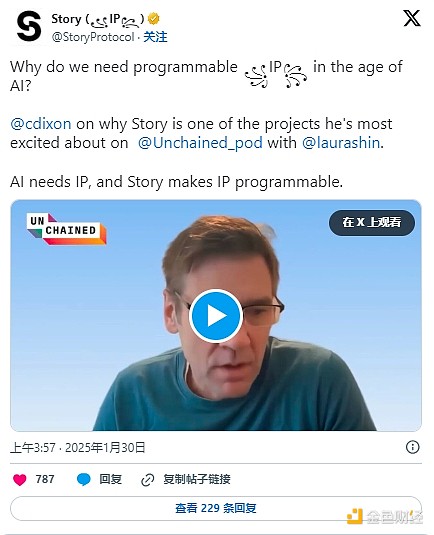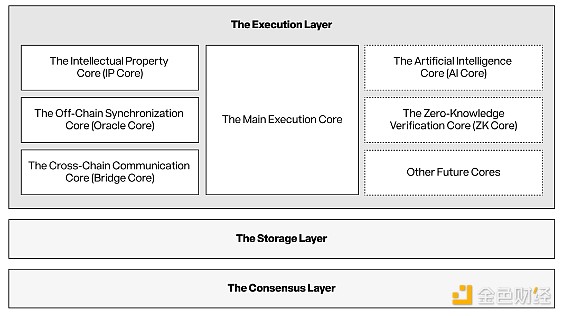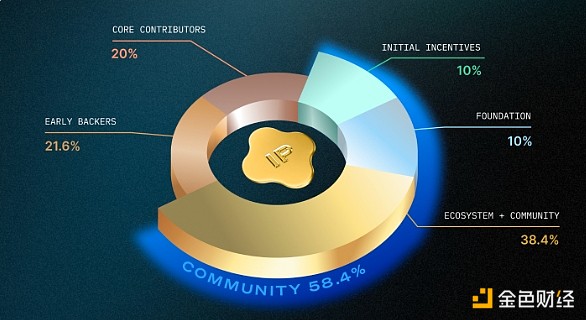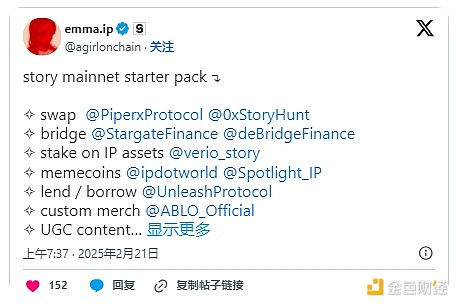Author: David C, Bankless; Translator: Deng Tong, Golden Finance
In addition to a completely permissionless financial system, one of the compelling visions of cryptocurrency has been to build the next generation of the Internet, especially for creative people.
Through infrastructure such as NFTs, cryptocurrency provides artists and creators with new ways to establish ownership of digital intellectual property (IP), allowing them to monetize or reformat their works in a more durable and transparent medium. While these innovations represent steps in the right direction, they are still crude and simple, providing only new ways to earn or store digital works, but failing to address deeper structural problems.
The rise of artificial intelligence has exacerbated these challenges. AI accelerates content production at an astonishing rate, often trained with unauthorized data and generating works with unclear ownership. What we need is an infrastructure that moves at the speed of the Internet, allowing creators to establish ownership, define licensing terms, and distribute royalties seamlessly.

Story Protocol proposes a blockchain solution. Their approach establishes a new system for Internet-based IP, combining a registry for tracking ownership with a set of modules designed to facilitate licensing, effectively turning IP into a programmable asset class. By embedding ownership and licensing directly into smart contracts, Story Protocol Story Protocol enables creators and their collaborators (human or AI) to share, license, and extend works with minimal friction, bypassing the clunky, inefficient existing system.
In this article, we will look at how Story addresses this challenge, examining the level of innovation in its technical architecture to understand the feasibility of its goals.
Story’s Structure
Story Protocol is essentially an EVM-based blockchain consisting of three layers that enable creators to register IP, enforce licensing, and manage royalties on-chain.
This structure supports a dynamic IP lifecycle, from initial registration to the creation of derivative content. Its design is defined by two main categories: an execution layer that runs smart contracts and a set of infrastructure layers that handle data storage, consensus, and network security.

Execution Layer
The execution layer is the operational center of Story Protocol and consists of four “cores” that work together to process transactions, enforce licensing rules, and support new features for digital IP.
The Main Core is the chain’s EVM-compatible environment that executes smart contracts and transactions.
The IP Core manages the entire lifecycle of digital intellectual property on Story, structuring all processes from registration to licensing and royalty distribution. Its foundation is the Proof of Creativity (PoC) protocol, which establishes ownership by registering each creative work as an IPAsset, a programmable token stored on-chain and managed by an IPAccount, a dedicated smart contract that enforces licensing permissions, royalty payments, and derivative creation guidelines — ensuring consistent and verifiable provenance records. On top of this, Story Protocol integrates a set of IP Operational Modules to automate licensing, revenue sharing, and dispute resolution.

The off-chain synchronization core provides the authentication and legal compliance required to integrate on-chain IP into the traditional IP framework on top of the execution framework.
Finally, the cross-chain communication core is designed to allow creators of IPAssets to take advantage of the strengths of different blockchain ecosystems, ensuring that their IP can be licensed, traded, or monetized outside the Story Protocol network.
Infrastructure Layer
Beyond the execution layer, there are two other layers that help maintain data storage, verification, and consensus for the IP network.
Storage Layer:To store digital IP without dragging down the network, Story hosts key elements of the asset. The protocol keeps key metadata about the asset, such as ownership records and licensing terms, on-chain for durability and verifiability, while offloading the media files themselves to decentralized networks such as IPFS or Arweave to reduce congestion and costs.
Consensus Layer:The final layer is Story’s CometBFT consensus mechanism — the same consensus mechanism used by Cosmos Cosmos, which enables it to trust a time-tested system and smooth interoperability across other chains. CometBFT’s strong Byzantine Fault Tolerance ensures network security, and it provides near-instant finality even if up to a third of validators act maliciously or go offline — an important feature for ensuring reliable IP ownership and licensing transactions. Story also uses a Proof of Stake (PoS) model, where validators stake $IP tokens to secure the network — earning staking rewards for honest behavior while preventing fraudulent IP registrations.
$IP Tokens:In addition to staking, $IP also serves as the network’s governance and gas token, the latter of which is equipped with a deflationary mechanism as every transaction is burned (which is a good thing). The initial supply is 1 billion tokens, and 25% of $IP is unlocked at launch, broken down as shown in the image below.

Pioneering a New Path
To address the fundamental issues of digital IP, Story presents a refreshing look at what IP looks like online and how blockchain can help modernize the asset class.
By anchoring ownership in smart contracts, integrating dedicated modules for licensing, royalties, and dispute resolution, and structuring data through an on-chain/off-chain approach, it introduces an alternative IP system, providing ways to track its origins and evolution, while keeping up with the rapid pace of content creation and collaboration in the AI era. However, like any blockchain-based solution, Story Protocol currently lacks the power to take legal action for copyright infringement in traditional courts, nor can it automatically track royalties outside of its own chain, and is therefore reliant on a somewhat idyllic paradigm for success.
Despite these obstacles, Story is still proving a compelling case for how blockchain can be used to transform existing enforcement frameworks that have simply been transplanted into our online environment but not properly updated.

 Weatherly
Weatherly









